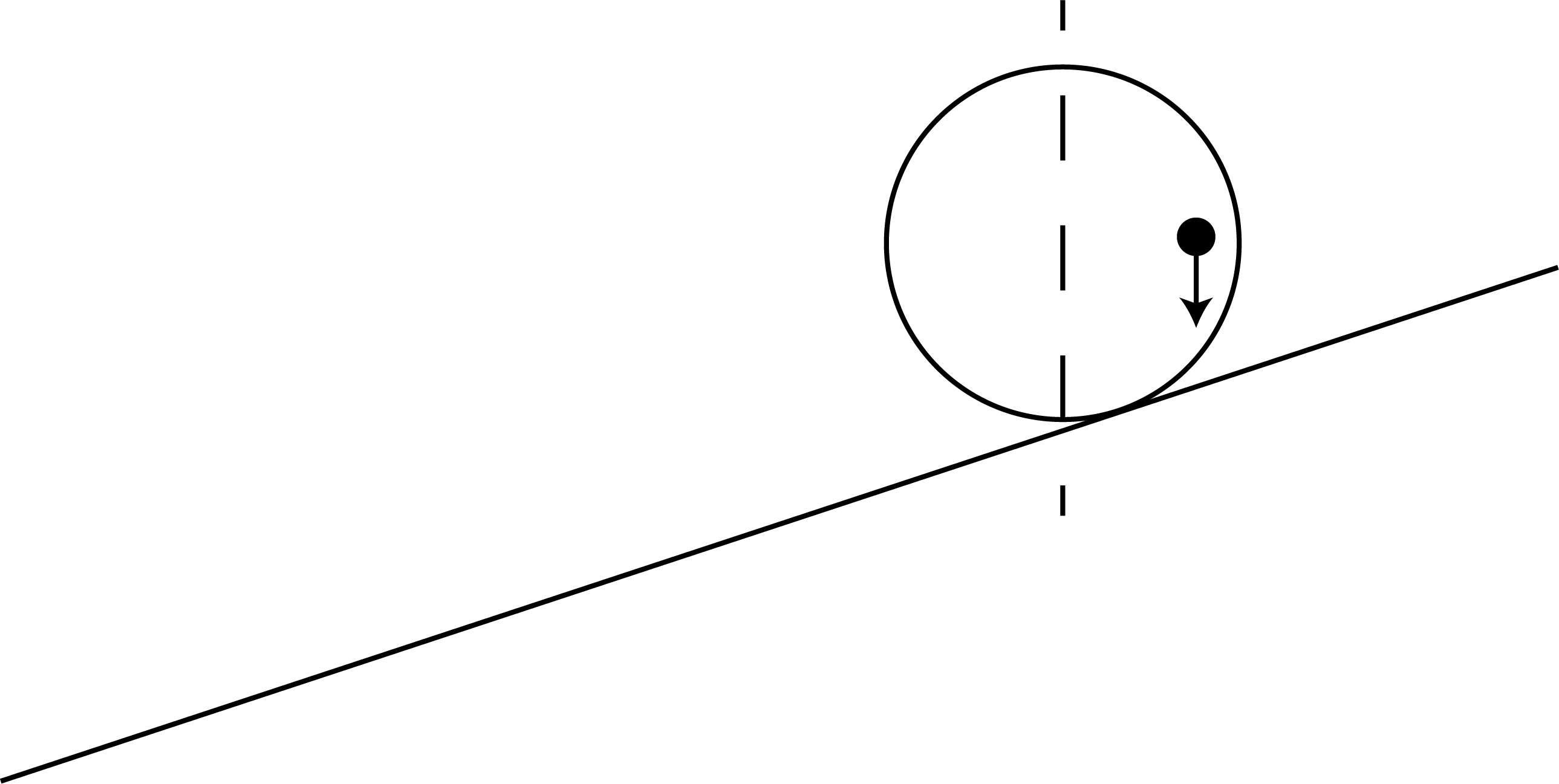13.6. Roll and Stop#
| Author: | Freek Pols |
| Time: | 15 - 20 minutes |
| Age group: | 14 - 18 |
| Concepts: | Nature of Science |
Introduction#
This is one of the ‘Black Box’ activities suitable for addressing ‘how science works’. Students observe, infer, devise hypotheses, and then test them. They need to be creative because figuring out what exactly is happening is not simple. We may never even know…
Equipment#
Cylindrical container such as a paint can or PVC pipe with caps
Viscous liquid (glycerol)
A piece of lead (fishing) weight that fits well inside the cylinder
Plank set at a slight angle
Preparation#
Fill the cylinder completely with the liquid and add the lead weight (wash your hands afterward). Set up the plank at an angle so that the cylinder only just starts to roll by itself without having to be pushed.
Procedure#
Show that you will place the cilinder at the top of the ramp and ask: What kind of motion will the cylinder perform when you let it roll off the plank? Sketch a graph. Students are not meant to know what is inside the cylinder at this stage. Then perform the demonstration.
Probably to everyone’s surprise, the cylinder will (without being touched) start to roll, stop, start again, and stop again. Students can be asked to discuss in pairs what might be happening here. The could make a sketch of what they think the inside of the cylinder looks like.
Discuss the different ideas centrally and write them on the board.
Have students come up with an experiment for each of the ideas (hypotheses) to test them. But remember, opening the cylinder is not allowed.
Perform the experiments when possible. Is the hypothesis confirmed or not? Are there other hypotheses that are also ruled out as a result of the devised and performed experiment?
A question to assess students’ understanding: instead of testing students’ knowledge, you can use meta-cognitive reflection here. Reflection should make it clearer for them what they have learned and why it is relevant.
Discuss and write up with the class what you have learned about science and about how science works. Together forward categorize and consolidate the answers: this is what they should remember from this lesson.
Depending on the desired outcome, one or more aspects of NoS can be discussed, see https://www.nsta.org/nstas-official-positions/nature-science and our introduction.
Physics background#
Due to the viscous liquid, the piece of lead will not remain at the bottom of the cylinder but stay slightly behind, see Figure 13.13. This results in a torque causing the cylinder to slow down and momentarily stop rolling. The lead sinks back to the bottom of the cylinder, allowing the cylinder to roll a bit further again.

Fig. 13.13 The setup consists of a cylinder filled with a viscous liquid containing a piece of (fish) lead.#
